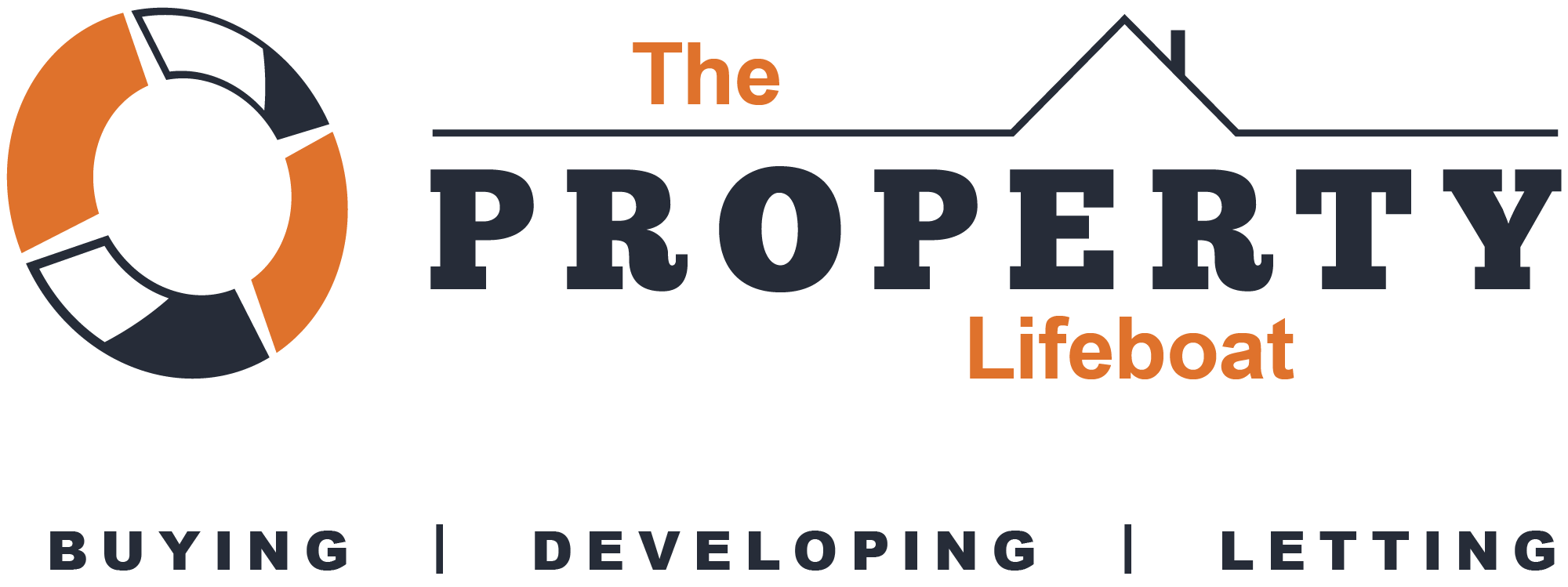
UK property remains a lucrative asset class in which to invest. Fundamentally, there is strong demand – which, thanks to a growing population, lack of land and a perennial national underachievement in terms of building homes – looks set to continue for the foreseeable future.
However, buying property to let out (so called ‘Buy-to-Let’) is seen by many as an increasingly risky venture. This is due to a number of factors, not least of which, that multiple tax increases and regulation changes have significantly hit profits. This has seen many landlords sell up. This environment is unlikely to change any time soon and the future therefore looks uncertain.
There are two ways to look at this.
If you take a contrarian investment approach, then there should continue to be investment opportunities in this sector.
However, it also pays to be diversified and as such, many landlords are looking at their strategies going forwards and branching out into new areas.
So, if you don’t want to get out of property, but you’ve decided that buy-to-let is no longer where you want to be, what should your strategy be? Where should you be looking?
One of these areas is small scale development. More specifically, small scale commercial to residential conversions.
Please be clear at this point: we are not providing investment or financial advice, we are merely explaining a sector of the market you may want to look into. As always you must make your own due diligence and take your own financial advice before undertaking any new business venture.
What is the attraction of small-scale property development?
The specific sector we are talking about here is small scale commercial to residential conversion: taking redundant commercial buildings – perhaps shops with flats above – and converting them fully into residential. There are a number of positives to smaller scale development of commercial buildings that make them the natural choice for landlords. We have focused on the main ones below:
- Relatively low entry level – £500K – £2000K GDV
- Leverage: it is usually possible to borrow 70% of the purchase price and 100% of the development costs (as opposed to Buy-to-Let, where only 75% of the purchase price is covered).
- Source of funds can be borrowed from other investors (whereas with BTL the deposit funds normally need to be the investors own)
- A more favourable tax landscape.
- A wider range of government incentives for development of redundant commercial buildings (newly introduced permitted development rights for instance).
- Possible source of income whilst the development is ongoing – if some of the site is let out whilst development is ongoing.
- Clear exit strategy and quick realisation of profits (sale of resulting residential units).
So, before giving up on property altogether, investors should be prepared to look at other opportunities and strategies that they can switch to or run alongside their primary strategy. From time-to-time, we will cover one of these strategies in our newsletter.

